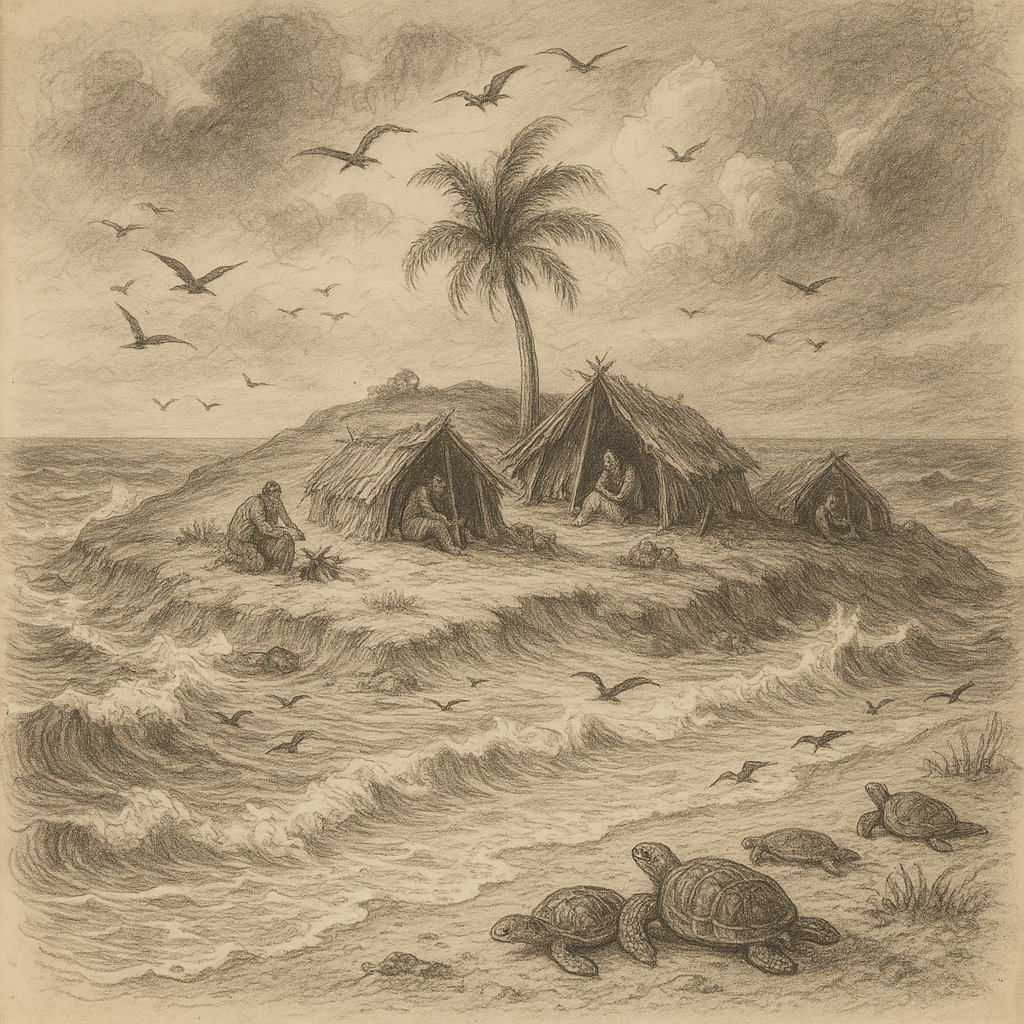Introduction to Tromelin Island
Tromelin Island is a small, remote island located in the Indian Ocean, approximately 450 kilometers east of Madagascar and 530 kilometers north of Réunion. Despite its tiny size—only about 1 square kilometer—Tromelin carries a disproportionately rich history and ecological significance. Administered by France as part of the French Southern and Antarctic Lands (Terres australes et antarctiques françaises), Tromelin is uninhabited today but has become a topic of historical, environmental, and geopolitical interest.
Geography and Climate
Tromelin Island is an isolated flat and sandy atoll platform, with a maximum elevation of just around 7 meters above sea level, making it particularly vulnerable to rising sea levels. Unlike volcanic islands with mountainous landscapes, Tromelin is a coral island, composed primarily of sand, coral debris, and limestone. Its climate is tropical, characterized by hot temperatures, high humidity, and frequent trade winds. The island lies within the hurricane belt and is occasionally struck by cyclones, which significantly shape its topography and vegetation.
Ecology and Environment
Due to its remote location, Tromelin has developed a fragile but unique ecosystem. The island is home to several nesting seabird species, including masked boobies and sooty terns, and serves as an essential breeding ground for these birds. Its beaches are also pit stops for endangered green sea turtles, which lay their eggs on the white, sandy shores.
Vegetation on the island is limited, with only a few hardy species able to survive the harsh, saline conditions. The dominant plant species include beach morning glory (Ipomoea pes-caprae) and sea purslane (Sesuvium portulacastrum), both of which help stabilize the sand dunes and provide habitat for sea turtles and birds.
In recent years, France has made efforts to preserve the ecological integrity of Tromelin by restricting human activities and ensuring that scientific expeditions comply with strict environmental protocols.
Historical Significance
Tromelin Island is perhaps most renowned for its dramatic and tragic human history. In 1761, a French ship named L’Utile, which was illegally carrying slaves from Madagascar, wrecked on the island’s surrounding reefs. The French sailors managed to build a makeshift raft and escape to safety, but 60 enslaved Malagasy men and women were left behind. Astonishingly, 15 years later, in 1776, a French ship returned to Tromelin and found seven women and one baby alive, having survived in extreme isolation.
This episode remains one of France’s most somber maritime tragedies and has since become a poignant symbol of survival and human endurance. It also sparked debates about historical accountability and the legacy of colonial slavery. In the 21st century, several joint Franco-Malagasy missions have returned to Tromelin to conduct archaeological research, uncover artifacts, and examine the shipwreck, further shining a light on this dark chapter of history.
Current Status and Accessibility
Today, Tromelin remains largely uninhabited and is only visited by scientists, meteorologists, and conservationists under strict regulation. The island hosts a small meteorological station that contributes to weather forecasting in the southern Indian Ocean. There is no permanent population, and any visits require authorization by French authorities.
Access to the island is extremely difficult due to its remote location, no harbor facilities, and unpredictable weather. Supplies and personnel must be brought in by boat or helicopter, typically from Réunion Island.
Tromelin has also been at the center of a territorial dispute between France and Mauritius, with both countries laying claim to the island. In 2010, a co-management agreement was signed to promote environmental protection and historical research, though sovereignty issues remain unresolved.
Interesting Facts
– Tromelin is sometimes nicknamed “The Island of Slaves” due to the tragic 1761 shipwreck and subsequent survival story.
– The island has no fresh water sources; historical survivors collected rainwater in hand-dug holes.
– Despite being uninhabited, Tromelin has had a full-time weather station since 1954, vital for monitoring cyclones in the Indian Ocean.
– Tromelin’s surrounding coral reefs are home to a rich and largely unexplored variety of marine life, including reef sharks, parrotfish, and moray eels.
– The archaeological digs between 2006 and 2013 revealed makeshift structures, kitchen utensils, and remnants of fires used by the shipwreck survivors.
Legends and Folklore
While Tromelin doesn’t have a rich body of traditional folklore, the island’s legend stems from the extraordinary survival tale of the Malagasy slaves. Over time, this story has been romanticized and fictionalized in books, films, and plays. Some say that the women survived by forging deep spiritual and familial bonds, preserving oral traditions, and adapting ancient Malagasy survival skills to the barren environment.
One local legend says that the island is protected by ancestral spirits. Sailors have historically approached Tromelin with caution, believing the island to be cursed due to the shipwreck and subsequent suffering endured by its unintended inhabitants. These myths, though unverified, enhance the island’s mystical allure and serve as poignant reminders of its tumultuous past.
Conclusion
Though tiny in size, Tromelin Island looms large in history, ecology, and international law. From its role in colonial maritime tragedy to its importance as a conservation site, Tromelin encapsulates themes of endurance, memory, and nature’s fragility. The island remains inaccessible to most, shrouded in mystery and preserved both by geography and by intention. As scientific and historical inquiries continue, Tromelin’s story serves as a testament to human survival and the silent power of forgotten places.
